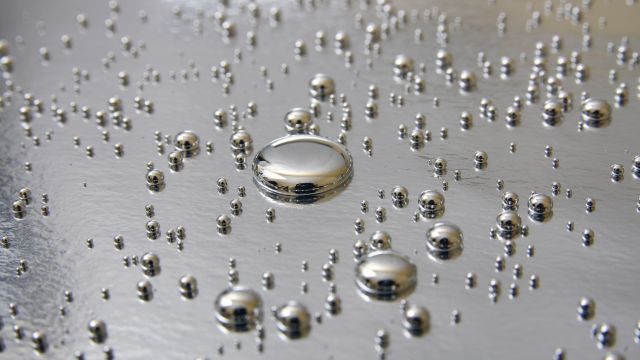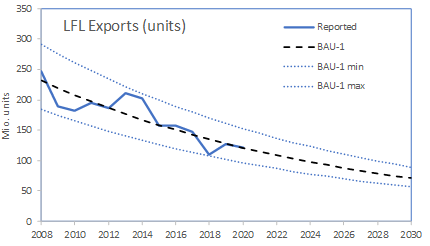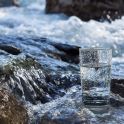
Hazardous chemicals: Revision of the Mercury Regulation
Mercury is a neurotoxin that can enter the human body via the air, skin or food. There it causes lasting damage to the brain, lungs, kidneys and immune system. In addition to dental fillings, it is also used in energy-saving light bulbs, batteries, for preserving vaccines; in former times, it was also used in thermometers.
The international community had already agreed on a treaty to reduce the use and emissions of mercury in 2013 with the Minamata Convention. The Minamata Convention was transposed into European law in 2017 with the European Mercury Regulation. This was accompanied by a ban on the manufacture and export of certain products containing mercury (e.g. thermometers, certain fluorescent lamps) and a restriction on the use of dental amalgam. In Europe and North America, the use and release of mercury has fallen sharply, but in Asia, South America and East Africa it has remained stable and even increased in some cases. As mercury vaporises at room temperature and disperses very quickly in the atmosphere, emissions from distant sources also lead to impacts ("immissions") within Europe.
Study examines strategies for dealing with mercury
The EU's current "Zero Pollution Action Plan" aims to end all remaining uses of mercury and the export of mercury-containing products. In an international joint project, GRS worked with experts from France, the Netherlands and the United Kingdom on behalf of the European Commission to analyse the impact of an export ban on certain mercury-containing products in the EU and globally. The focus was on the export of certain fluorescent lamps that can no longer be placed on the market in the EU but are still produced for export.
As a first step, the researchers analysed the status quo and compiled the current volume and trends in the export of products containing mercury. From this, they derived the expected development of the export of fluorescent lamps (e.g. number of units, value) that would result without additional legal measures (business-as-usual scenario, BAU). In a further step, the project team discussed conceivable policy options for reducing exports and compiled a selection of the most promising ones.

The selected options were then subjected to an impact assessment, which analysed the effects on exports, manufacturers and users in third countries.
The experts worked closely with the European Commission, particularly in the final phase of the study, in which the aim was to compile a coherent evidence base and to evaluate, review and adapt the policy measures and options.
Based on the impact assessment, the Commission's revision proposal aims to introduce a "type-dependent" export ban on fluorescent lamps for the years 2026 and 2028, if possible at the same time as a global ban under the Minamata Convention. The EU Commission is also planning to ban dental amalgam from 2025.
Work of GRS
In recent years, GRS has carried out studies on mercury-containing waste and products, contaminated surfaces and the European Mercury Strategy, in some cases in cooperation with international partners. Through expert opinions and scientific analyses, GRS has been able to support the German Federal Ministry for the Environment, the European Union and the United Nations Environment Programme in reducing the use of mercury and finding disposal and remediation options for this toxic heavy metal.
Project highlights Environment and Energy

In the project, the GRS research team developed a central database for all information on water supply facilities in Germany that is relevant for radiation protection.